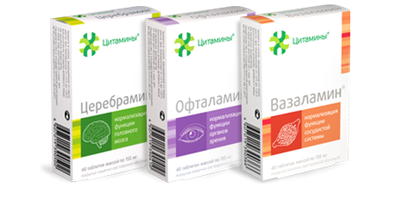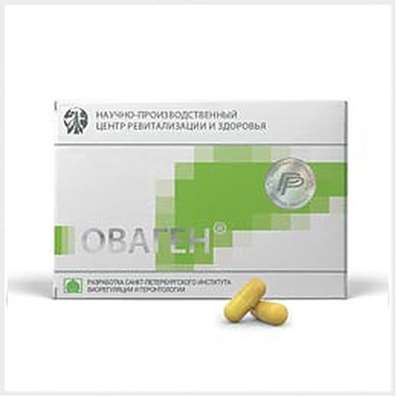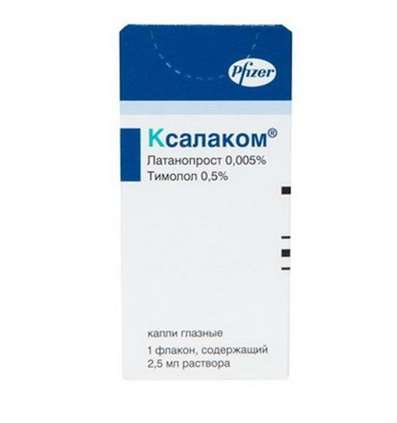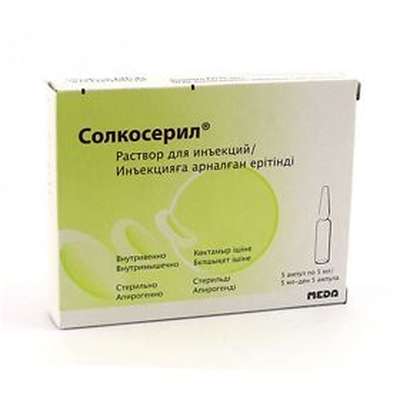Instruction for use: Biotredin
I want this, give me price
Trade name of the drug – Biotredin
International nonproprietary name Glycine (aminoacetic acid)
Biotredin, due to attention focusing and enhancing of conation, is able to enhance mental efficiency, memory, decrease psycho-emotional stress.
Pharmacotherapeutic group: B vitamins + other substances
ATC code: A11JC
Pharmacological properties:
Biotredin acts as a tissue metabolic regulator, enhances mental efficiency; it has a therapeutic effect on alcohol withdrawal syndrome, decreases attraction to alcohol.
L-threonine in the presence of pyridoxine (vitamin B6) decomposes into glycine amino acid and acetaldehyde (acetic acid), which simultaneously stimulate inhibitory processes, oxidation-reduction reactions, cell respiration processes and ATP synthesis; as a result, Biotredin is able to:
decrease psycho-emotional stress;
enhance short-term and long-term memory;
enhance mental efficiency;
enhance mood;
increase and normalize endogenous acetaldehyde level and so decrease alcohol abstinence syndrome and attraction to alcohol.
Effect of Biotredin occurs in 10-20 min after the sublingual administration.
Pharmacokinetics
L-threonine and pyridoxine are completely metabolized into water and carbon dioxide. Accumulation in the organism doesn’t occur.
Indications
Biotredin is prescribed to children, teenagers and adults with decrease of mental efficiency and ability to concentrate. Biotredin is indicated in persons with alcohol abuse, patients with chronic alcoholism in cases of actualization of chronic alcoholism combined with affective (irritability, low mood, internal discomfort), sensory (hunger) and ideational (thoughts about alcohol) disorders, for treatment of alcohol abstinence syndrome, and also for maintenance of remission.
Contraindications
Alcohol intoxication, simultaneous use of drugs which depress the central nervous system (ataractics, antipsychotics (neuroleptics), antidepressants, etc.), hypersensitivity to the vitamin B6.
Pregnancy and lactation.
Special researches weren’t conducted. The drug isn’t recommended for use during pregnancy and lactation.
In case of alcohol abuse or alcoholism, the drug may be used during pregnancy and lactation.
Biotredin Dosage and administration:
The drug is prescribed sublingually in tablets or as a powder after grinding of a tablet; for children, adolescents and adults for enhancing the attention and mental efficiency: 1 tablet 2-3 times a day for 3-10 days. If necessary, course may be repeated 3-4 times or more a year.
For patients with chronic alcoholism and alcohol abuse: 1-3 tablets 2-3 times a day for 4-5 days. If necessary, course may be repeated 5-10 times a year.
For the treatment of alcohol abstinence syndrome: 1-4 tablets 3-4 times a day at the first day (daily dose – 3-16 tablets), on the second day and further 1-2 tablets 2-3 times a day (daily dose – 3-6 tablets) for 21-28 days.
Course duration can be shortened to 10-14 days.
The greatest effect of Biotredin is achieved in combination with the Glycine (100 mg tablet). Glycine is prescribed sublingually in 10-15 minutes before Biotredin.
During remission Biotredin is used for identifying latent craving for alcohol: 2-3 tablets on an empty stomach. In case of occurring of light dizziness, calming effect, blush, or sweating within 10-20 minutes indicates the presence of “latent craving”. In these case, 5-10 day course of Biotredin is recommended (1-2 tablets 2-3 times a day together with 100 mg of Glycine sublingually in 10-15 minutes before Biotredin).
Overdosage
No cases of overdose occured.
Drug interactions
Biotredin is incompatible with antipsychotics, antidepressants, ataractics, barbiturates. It reduces the effect of antipsychotics (neuroleptics), antidepressants, barbiturates and other drugs which depress the central nervous system.
Precautions
Not recommended for use during the alcohol intoxication (because of reducing of the therapeutic effect of the drug).
Dosage form
5 mg + 100 mg sublingual tablets.
Blister with 30 tablets in cardboard pack together with the patient information leaflet.
Storage conditions
Store in a dry place at a temperature under 25 °C, protect from light.
Keep out of the reach of children.
Shelf life
3 years. Do not use after labeled expiration date.
Prescription status
No prescription required.

 Cart
Cart





